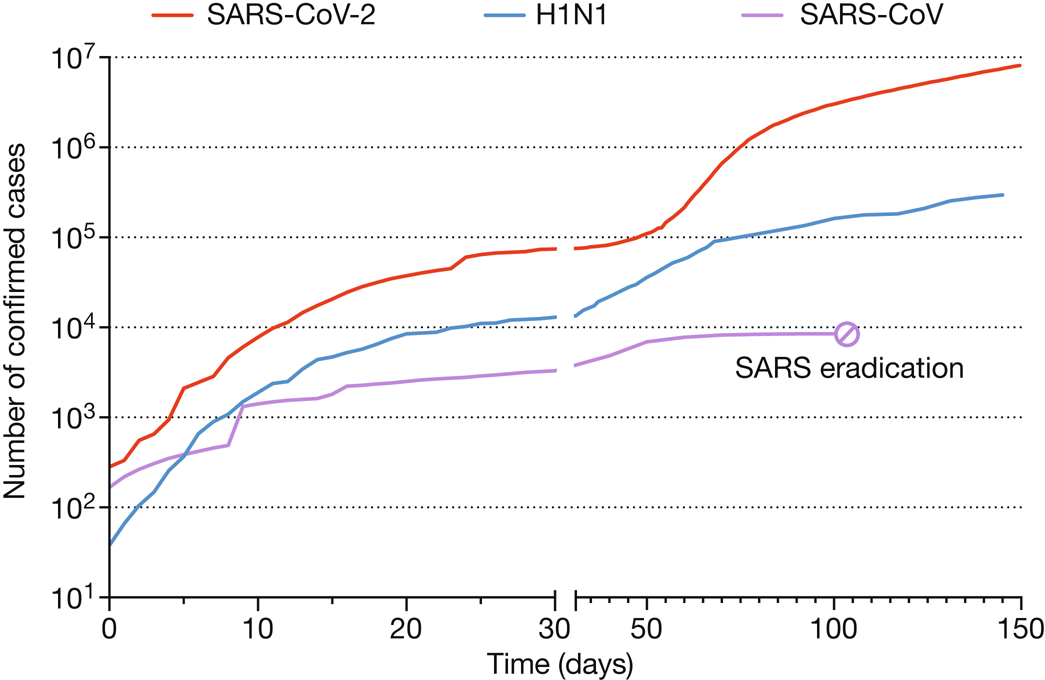
Navigating the Unknown: Anticipating Future Pandemics
The realm of public health is an ever-evolving landscape, and the anticipation of future pandemics has become a critical aspect of global preparedness. As we navigate the complexities of infectious diseases, understanding the factors influencing their emergence and spread is crucial. Let’s delve into the strategies, technologies, and collaborative efforts aimed at anticipating and mitigating the impact of future pandemics.
Emerging Infectious Diseases: The Unpredictable Threat
Anticipating future pandemics begins with acknowledging the unpredictable nature of emerging infectious diseases. Pathogens can jump from animals to humans, mutate, or develop resistance, leading to the sudden emergence of new threats. Studying the patterns of previous outbreaks and identifying high-risk areas helps in anticipating and preparing for potential sources of future pandemics.
Global Surveillance Networks: Vigilance in Real Time
Building and strengthening global surveillance networks is a key strategy in anticipating future pandemics. These networks, comprising monitoring systems, data sharing platforms, and international collaborations, enable real-time vigilance. By tracking the spread of diseases, monitoring zoonotic threats, and sharing information across borders, surveillance networks enhance the early detection and response to potential pandemics.
Data Analytics and Predictive Modeling: Insights for Preparedness
Data analytics and predictive modeling play a pivotal role in anticipating future pandemics. Analyzing large datasets, including epidemiological, environmental, and genomic information, provides insights into the patterns and dynamics of infectious diseases. Predictive models help in forecasting potential outbreaks, guiding public health interventions, and allocating resources strategically.
Zoonotic Research: Understanding the Animal-Human Interface
Many pandemics have originated from zoonotic transmission, emphasizing the importance of understanding the animal-human interface. Zoonotic research explores the dynamics of diseases that can be transmitted between animals and humans. By studying the reservoirs and vectors of zoonotic diseases, researchers can anticipate and implement preventive measures to reduce the risk of spillover events.
One Health Approach: Integrating Human, Animal, and Environmental Health
Anticipating future pandemics requires a holistic approach that integrates human, animal, and environmental health—known as the One Health approach. Recognizing the interconnectedness of these domains, the One Health approach emphasizes collaboration among health professionals, veterinarians, ecologists, and other stakeholders. This interdisciplinary strategy enhances our ability to anticipate and mitigate the impact of emerging diseases.
Vaccine Development and Innovation: A Proactive Defense
Investing in vaccine development and innovation is a proactive defense against future pandemics. Advances in vaccine technology, including mRNA vaccines and rapid development platforms, offer the flexibility to respond quickly to novel pathogens. Establishing research initiatives and collaborative frameworks accelerates the development of vaccines, contributing to a more robust defense against emerging threats.
Public Health Education and Preparedness: Empowering Communities
Anticipation also involves empowering communities through public health education and preparedness initiatives. Educating the public about preventive measures, the importance of vaccination, and early recognition of symptoms fosters a proactive response. Prepared communities can contribute to the containment of outbreaks, reducing the severity and impact of potential pandemics.
Global Governance and Cooperation: A Unified Front
Anticipating future pandemics necessitates global governance and cooperation. International collaboration, information sharing, and coordinated responses strengthen the collective ability to address global health threats. Establishing frameworks for rapid response, resource sharing, and equitable vaccine distribution ensures a unified front in mitigating the impact of future pandemics.
Technological Integration for Early Warning Systems: Cutting-Edge Solutions
The integration of cutting-edge technologies, including artificial intelligence, machine learning, and advanced sensors, enhances early warning systems. These technologies can analyze vast amounts of data in real time, providing early signals of potential outbreaks. Investing in technological solutions contributes to more effective anticipation and rapid response capabilities.
To explore in-depth insights into anticipating future pandemics, visit www.greencitizens.net. This link serves as a portal to a wealth of information, initiatives, and resources dedicated to advancing global efforts in pandemic anticipation and preparedness. Your engagement is pivotal in contributing to a future where proactive strategies and collaborative endeavors form a robust defense against the unknown challenges of infectious diseases.




